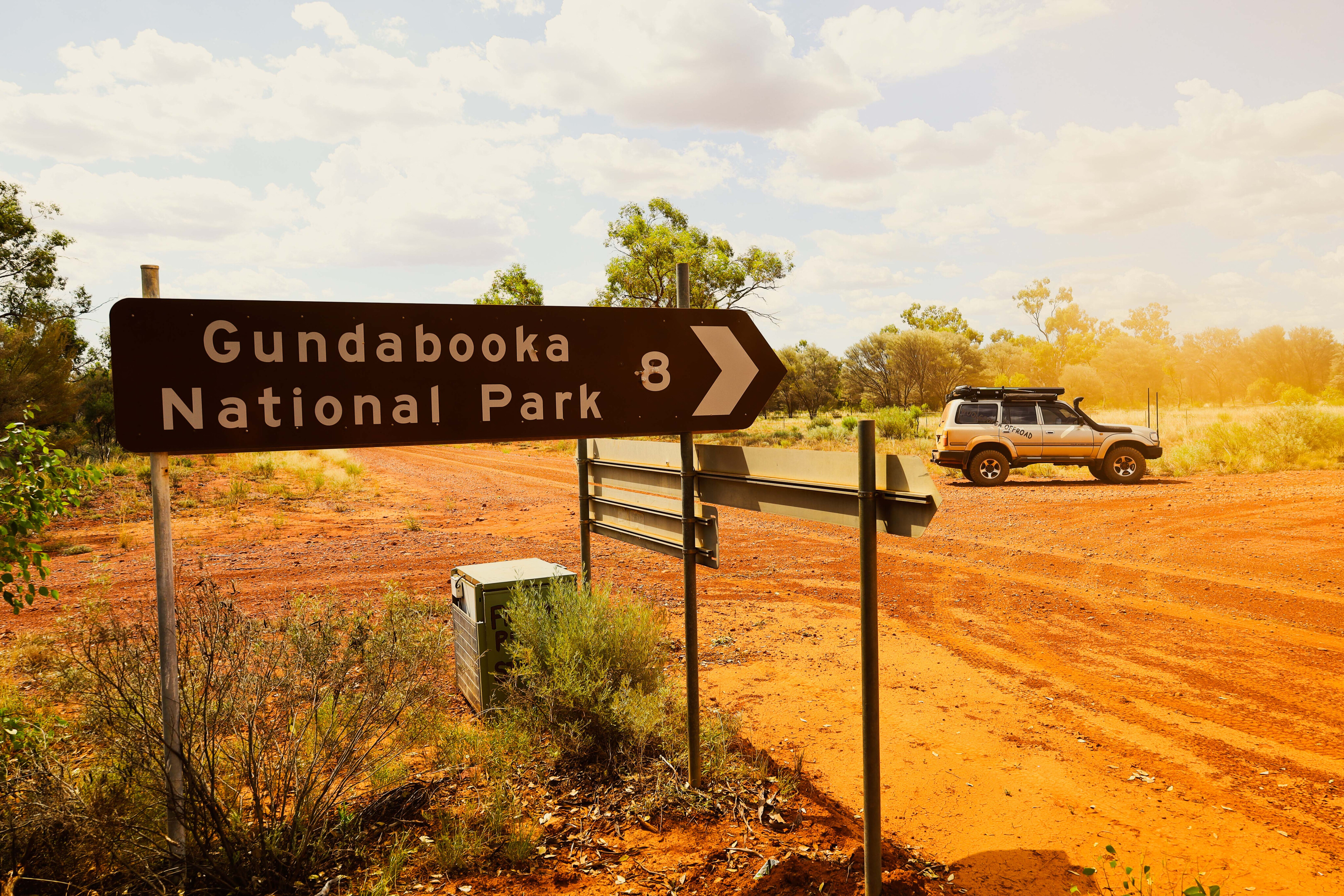
Gundabooka National Park, which is situated 60km south of Bourke and covers 64,000ha, is a hidden gem and it is well worth spending a few days exploring if you can afford the time, or is within easy reach of Bourke for those who want to make it a day trip.
Bourke itself is around 800km northwest of Sydney, and is situated on the Darling River. While the traditional owners of this land (the Ngemba and Paakandji people) have called this place home for hundreds of years, the first white explorer to come here was Charles Sturt in 1828.
Several years after Sturt’s excursion, explorer and surveyor Thomas Mitchell travelled through the area, and in 1835 the settlement of Bourke was begun.
The Darling River was used as a transport system for various types of freight and Bourke soon began to boom when the river level was up. Today, Bourke is a picturesque town where you can visit galleries, exhibition centres or even cruise the Darling River on a traditional steamboat.
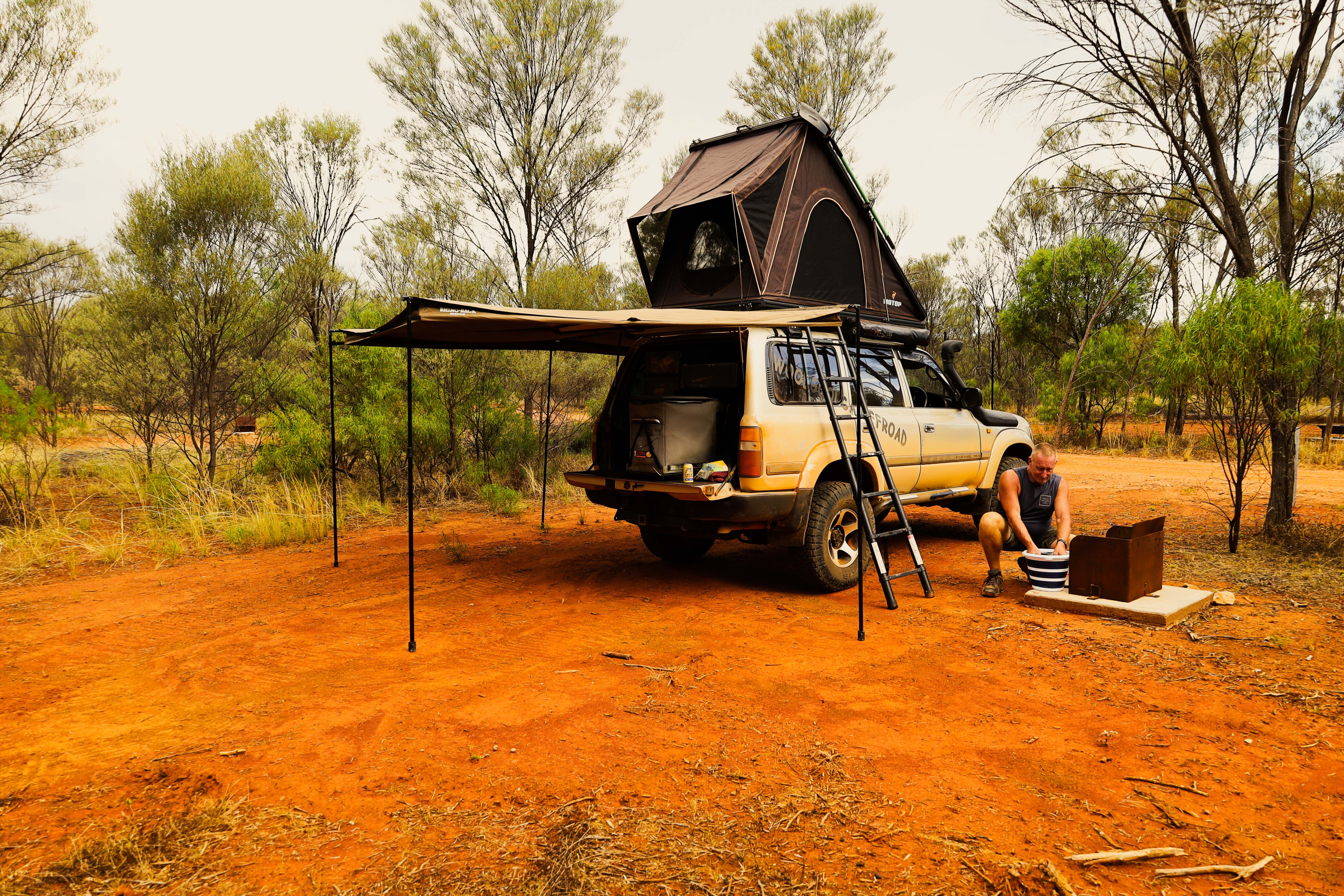
Going to Gundabooka
There are two ways to get to Gundabooka NP; either off Kidman Way (Bourke to Cobar Road) or along the Bourke to Louth Road, which runs close to the Darling River.
As soon as you enter the park, it feels like the real outback, with dusty red roads and stunning white gums towering over the mulga bush. Just inside the park, an information bay provides all the relevant information on what you’ll be able to see and do here, where to camp, what dangers are lurking and general map information.
My designated campsite for the next few nights was Dry Tank campground, located 20km into Gundabooka NP. Another campsite, Yanda campground, is located beside the Darling River, but I wanted to set up in the heart of Gundabooka.
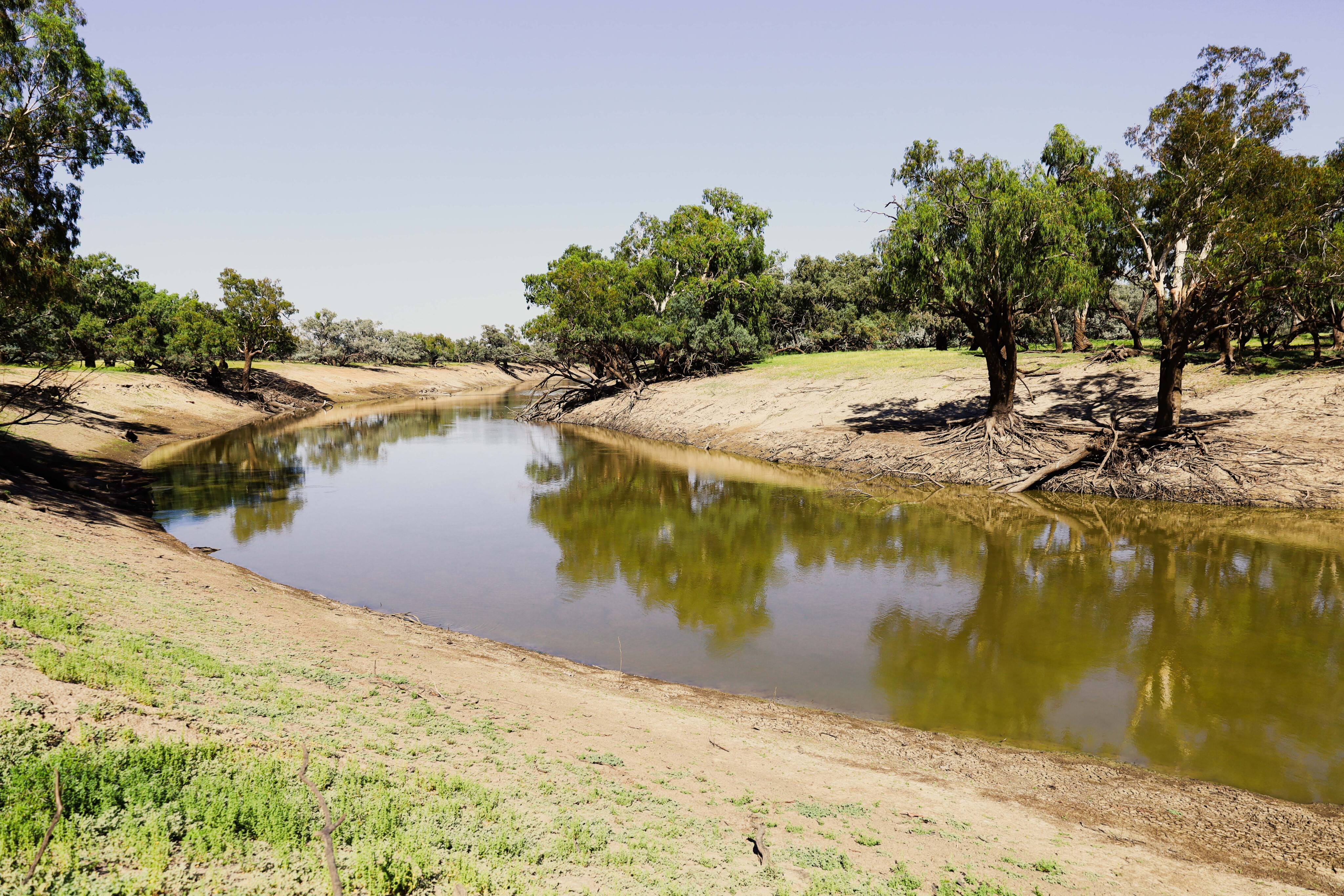
Dry Tank has had a makeover since I was here last and I was pleasantly surprised with the new layout.
There’s parking for day-trippers and those wanting to start off here for the walking trails, private areas for camper trailers and tents hidden in the mulga, plus a large open area for group camping with picnic tables and a barbecue under a new shelter.
Bookings now must be made online through the NSW National Parks and Wildlife Service website before you get to the park, because phone service here is very patchy.
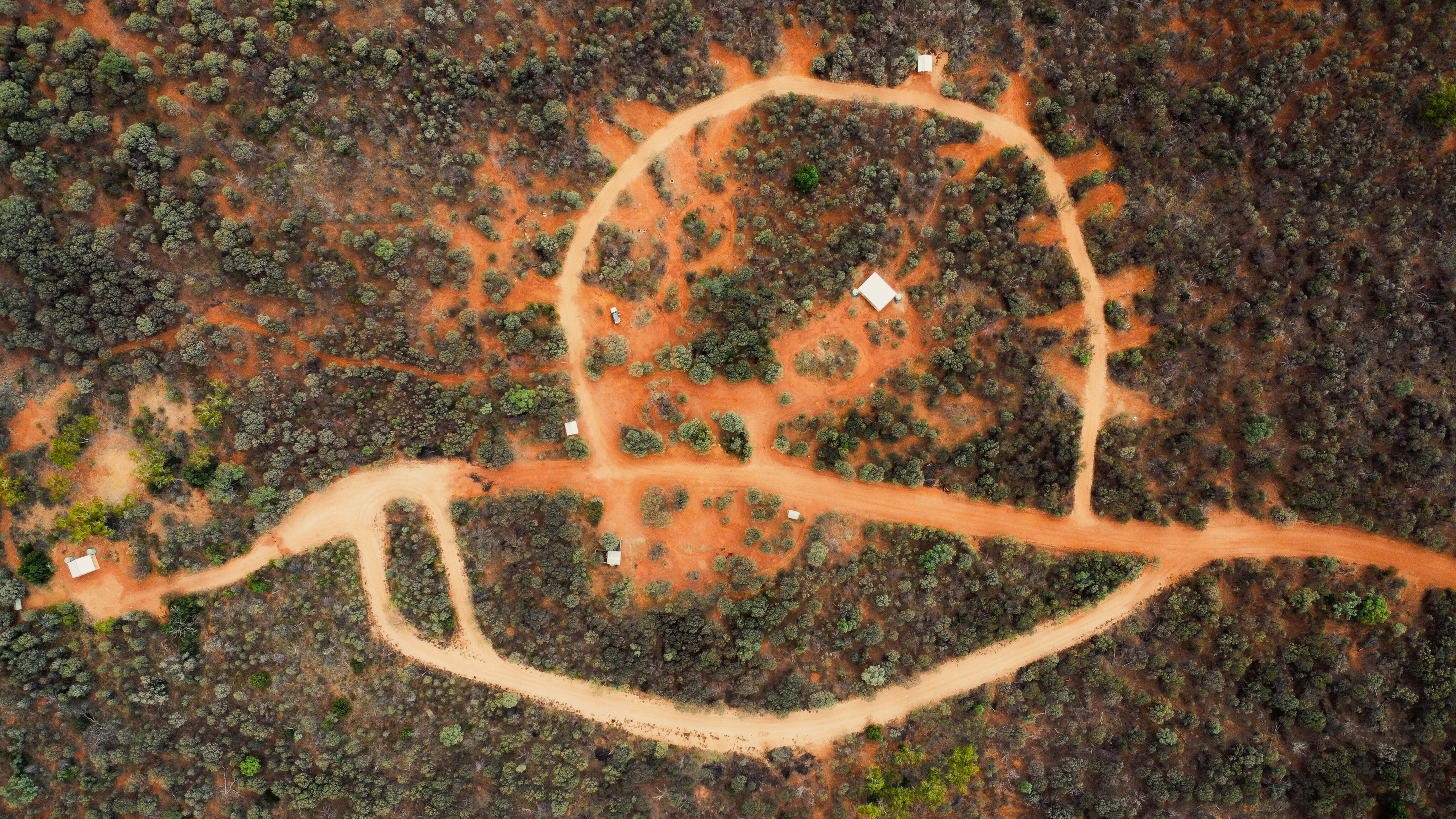
Mountain Views
Dry Tank is situated at the start of the 5km trail known as Little Mountain Walking Track, which meanders through thick Mulga and outback grevilleas to a viewing platform that offers uninterrupted views across the plain towards Mount Gundabooka.
The mountain, which rises 500m above sea level, was formed from millions of years of constant weathering from winds and rain. For those keen to do so, you can also walk the trail that leads you to the base of the mountain, but you need to be well prepared and experienced for this hike.
Around the scrub I was lucky enough to spot a few large mounds that are home to the Mulga Ant. These large black ants are omnivores that eat any dead matter, and are mostly nocturnal.
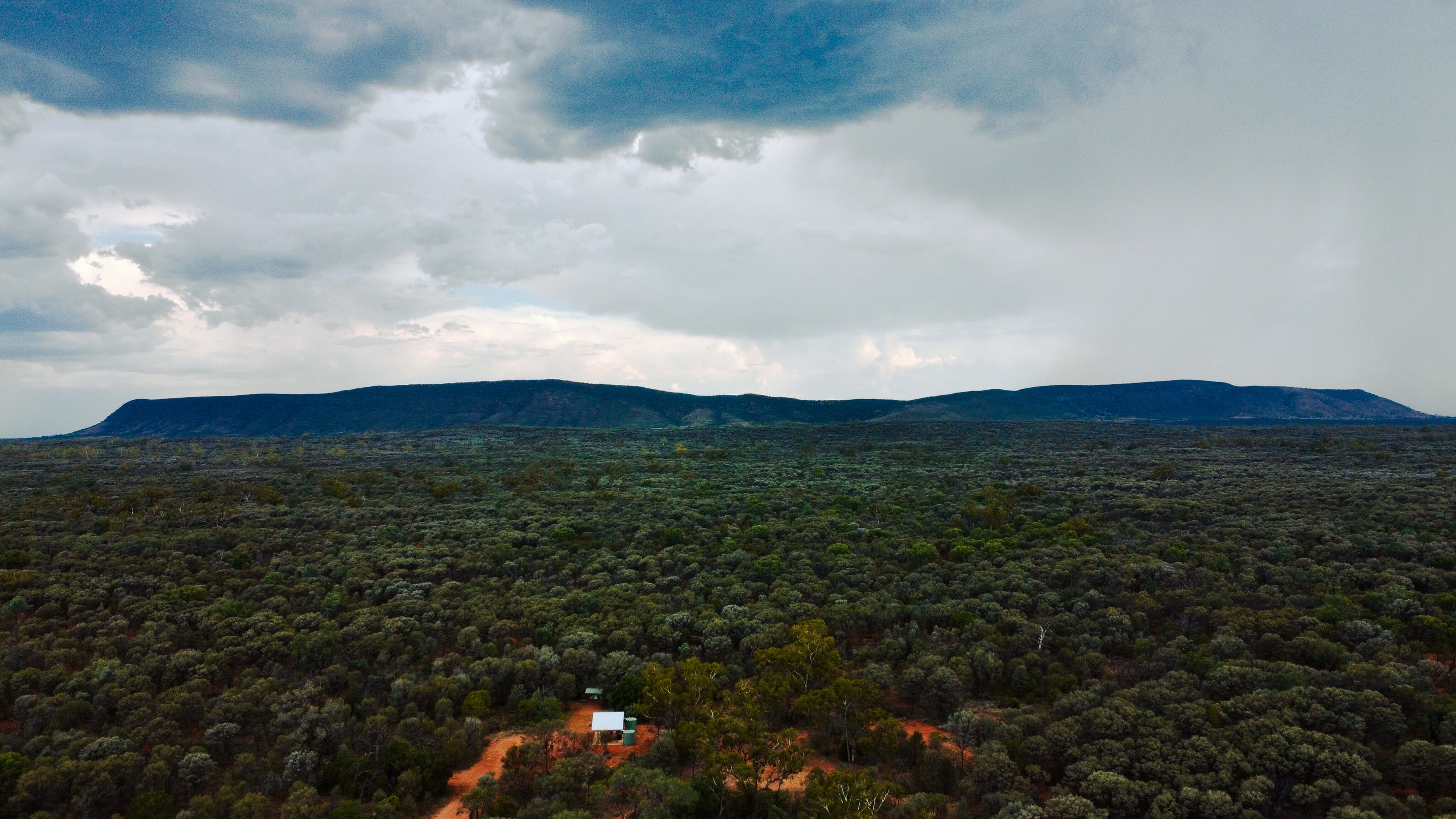
Rock Art
On the eastern side of the park, there’s the Yapa (Mulgowan) aboriginal rock art hike into Mulareenya gully where you’ll be able to view an array of artwork on the undercliff, with helpful signage that delves into the origin and meanings of the pieces.
This artwork near Mulareenya Creek is related to the heritage-listed Brewarrina Fish Traps on the Barwon River and the Byrock Rock Holes. This site is now on the register of the National Estate due to its significance as an important historical and cultural site.
Fires are permitted in the park but you need to bring your own timber and watch for restrictions. Gundabooka is a relaxing place to sit by a campfire as the mulga scrub goes quiet at night and has a relaxed feel to it. The stars appear as bright as some city lights and it makes for a great ambience.

My next mission was to head up the road to the Bennetts Gorge area.
After a 10km drive heading west from camp I was soon turning left into Corella Tank Road. With a further 2km drive in towards the looming base of Mount Gundabooka, the views towards the plateau are nothing short of spectacular.
NPWS class Bennetts Gorge as a picnic area, and in addition to the amazing views there is plenty of shade and toilets here, as well as intermittent phone reception.
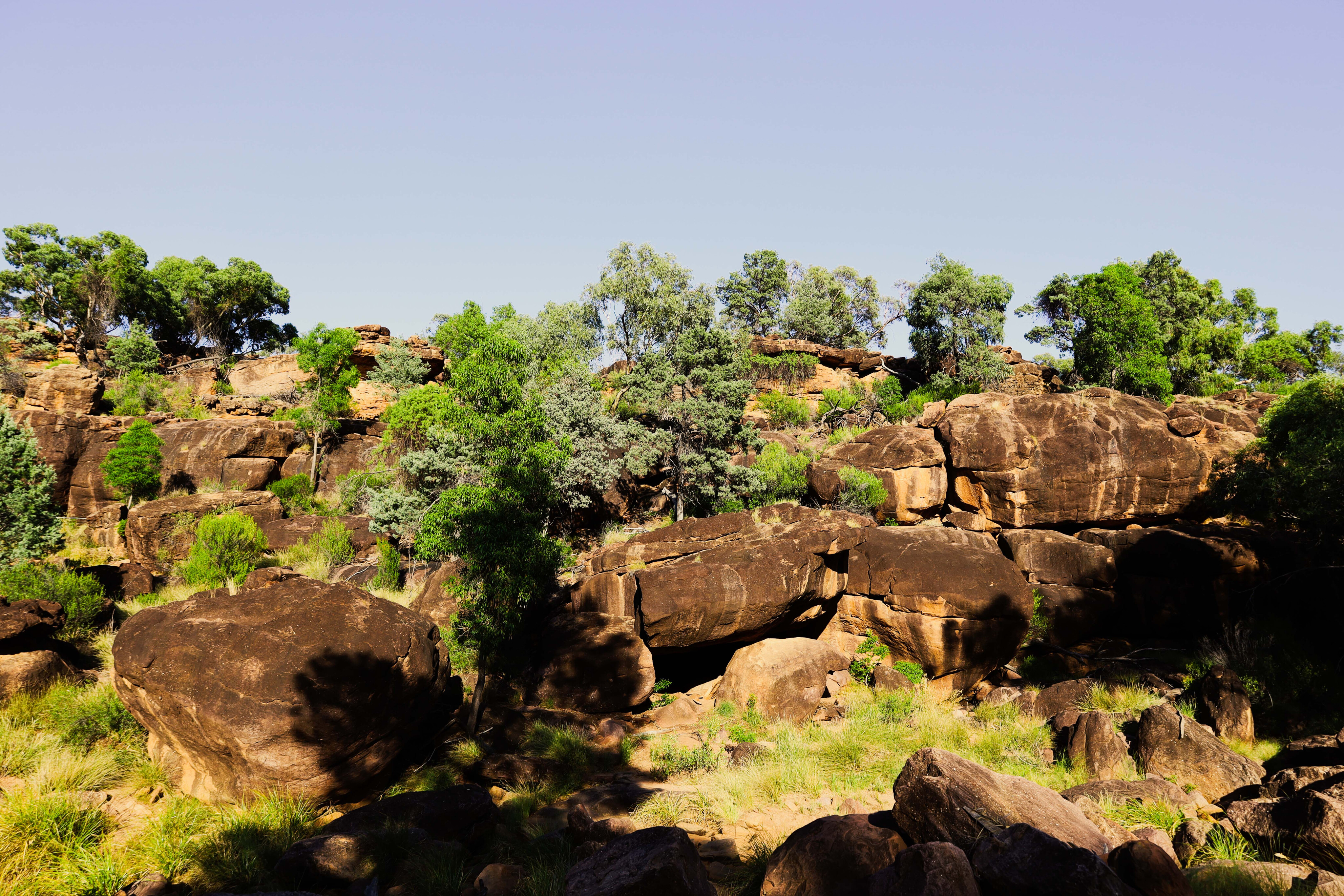
From the Bennetts Gorge carpark you can head off on the Valley of the Eagles walk, which is an easy 1km stroll to the base of the mountain viewing area where you can sit and take in the Mount Gundabooka.
There are detailed information boards that list the history of the area, point out the location of the gorges and highlights that can be seen on the mountain, and explain how the resident eagles use warm air currents to glide around while they search for prey.
The walk takes around 30 minutes, but I spent a good two hours here just admiring the views of the surrounding landscape.
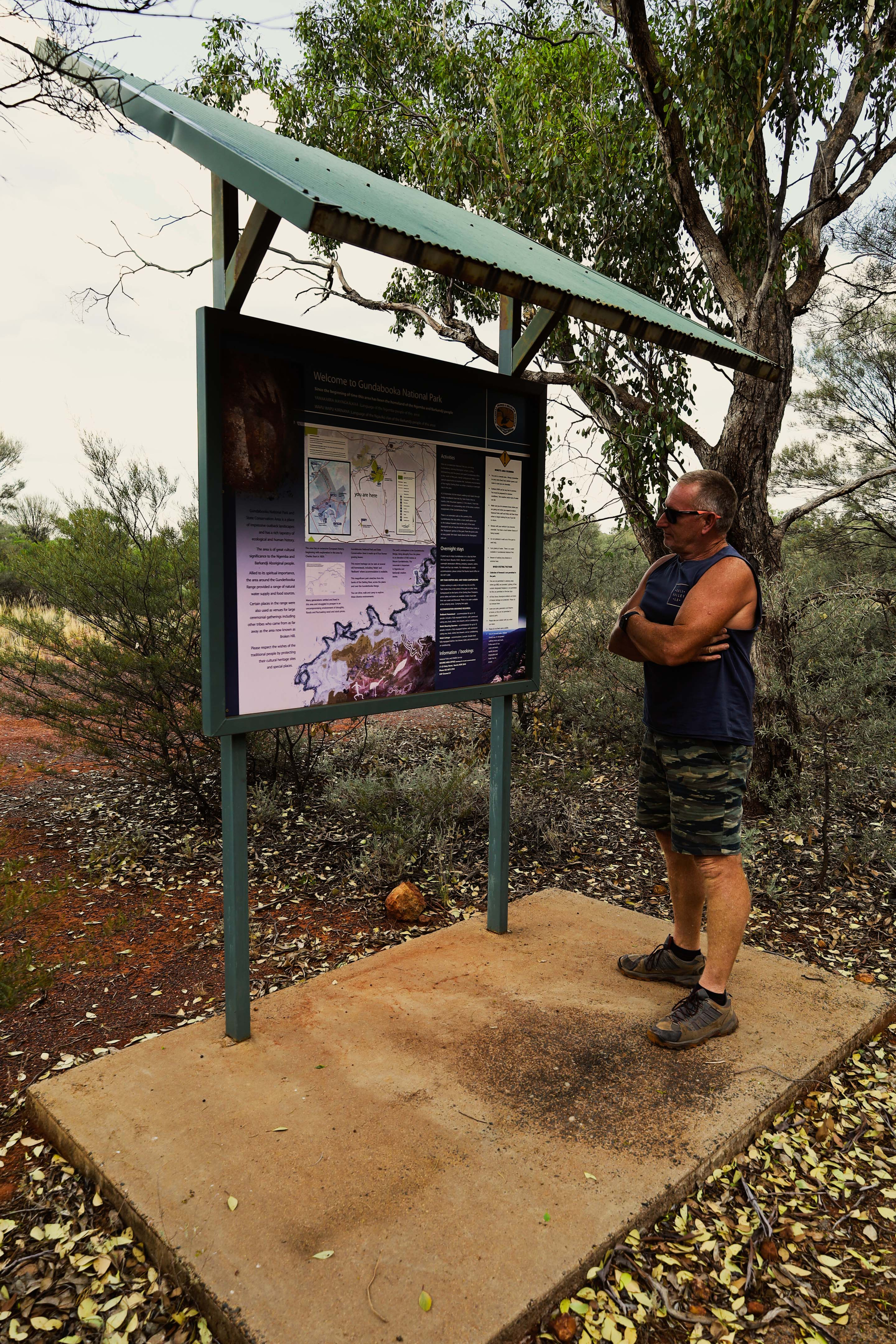
Three parts
The park was broken up into three separate outback stations just after the First World War, and this is evident by the number of fence lines you’ll spot and grid lines you’ll cross.
Up along the Yanda Track Road, there’s an out-station that’s pretty much as it was left 50 years ago, with the home, wrecks around the scrub and the shed up the back with a few relics still inside.
Towards the western end of the park the Louth Road cuts straight through, separating Yanda Campground from the main Gundabooka area. This area is different to the main camp, and here camping is permitted close to the Darling River. There’s plenty of room for trailers, tents and off-road vans, and there are also toilets and shelters.

Take a short stroll down to the water’s edge and you’ll be greeted by stunning views of old river gums looking over the slow moving Darling River, and good spots to fish or throw a yabbie trap in.
For those not wanting to camp within the park, there are homestay options nearby where you can stay in outback luxury, and still be able to explore the park. The park is certainly isolated, so you’ll need to be totally self-sufficient in terms of food, water and fuel. And bear in mind that winter temperatures can drop below freezing, and in summer it can be stifling hot.
NPWS has put a lot of resources into preserving Gundabooka in terms of pest control and weed management so we can all continue to explore and enjoy this precious park. For those looking for a fabulous outback experience, Gundabooka proves you don’t need to head much past the back o’ Bourke to find one.
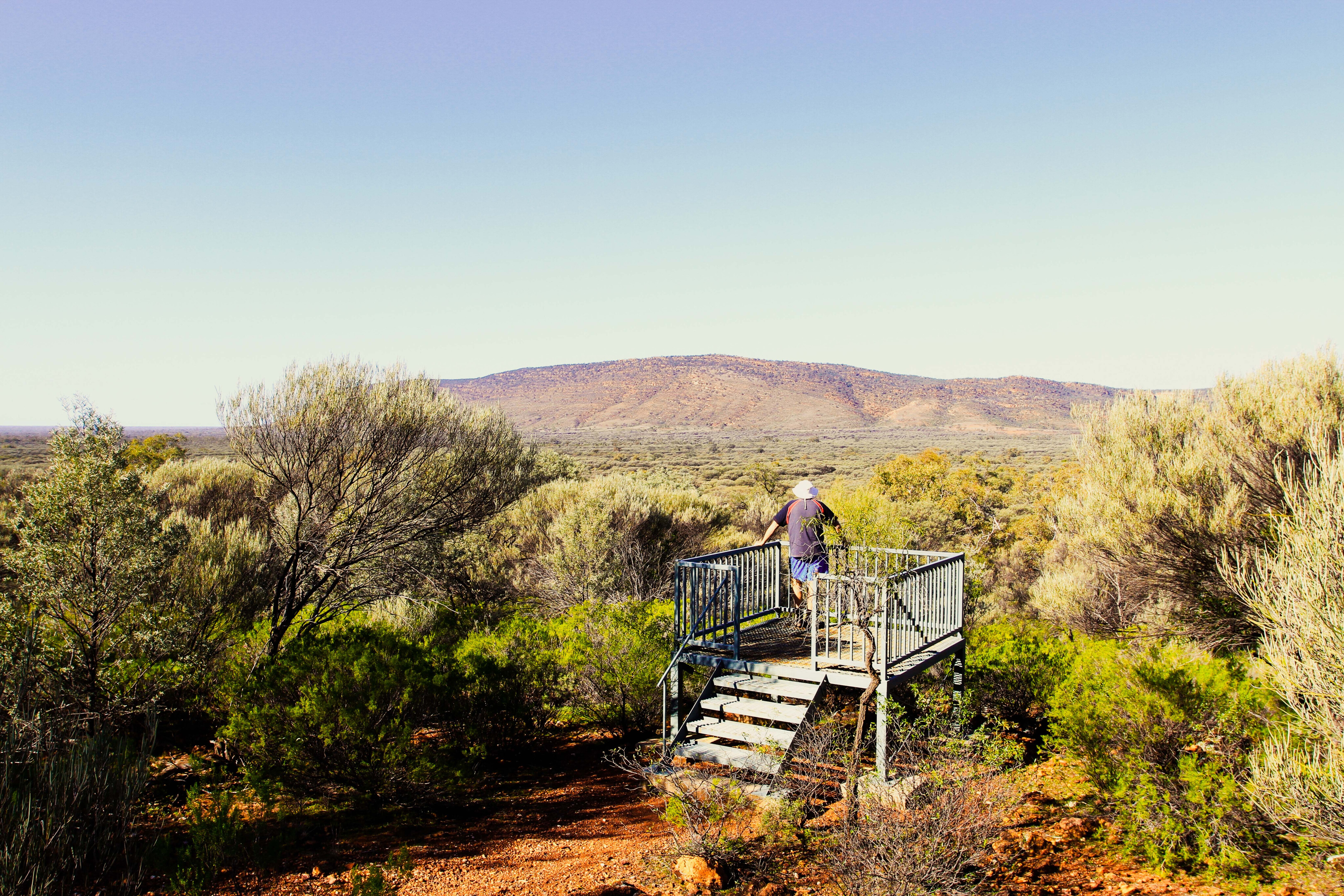
TOP 5
- Wander up the 5km Little Mountain Walking Track to the viewing platform that offers uninterrupted views across the plain towards Mount Gundabooka.
- Take the Yapa (Mulgowan) aboriginal rock art hike into Mulareenya gully where you’ll be able to view an array of artwork on the undercliff.
- Relax by the campfire as the mulga scrub goes quiet, enjoy the serenity and take in the spectacular night sky.
- Check out Bennetts Gorge picnic area and then continue on for a couple of kilometres to the looming base of Mount Gundabooka.
- Stroll down to the water’s edge and throw in a fishing line or a yabbie trap beneath the old river gums that line the slow moving Darling River.
Travel planner
Where
Gundabooka NP is 800km northwest of Sydney and 60km south of Bourke in NSW’s outback region. Once made up of several stations, it’s now a protected National Park with a heritage listing.
What to see and do
Gundabooka NP is a naturalist’s delight with walking trails, birdwatching and isolated camping. Walking trails range from an easy one kilometre stroll through to overnight hikes to Mount Gundabooka. Stunning Aboriginal art can be viewed here with signage explaining the rock art.
More information
Most information can be found online through the NSW NPWS website or by calling into the Back O’ Bourke Information & Exhibition Centre on Kidman Way, Bourke.
Websites
www.nationalparks.nsw.gov.au/visit-a-park/parks/gundabooka-national-park

COMMENTS